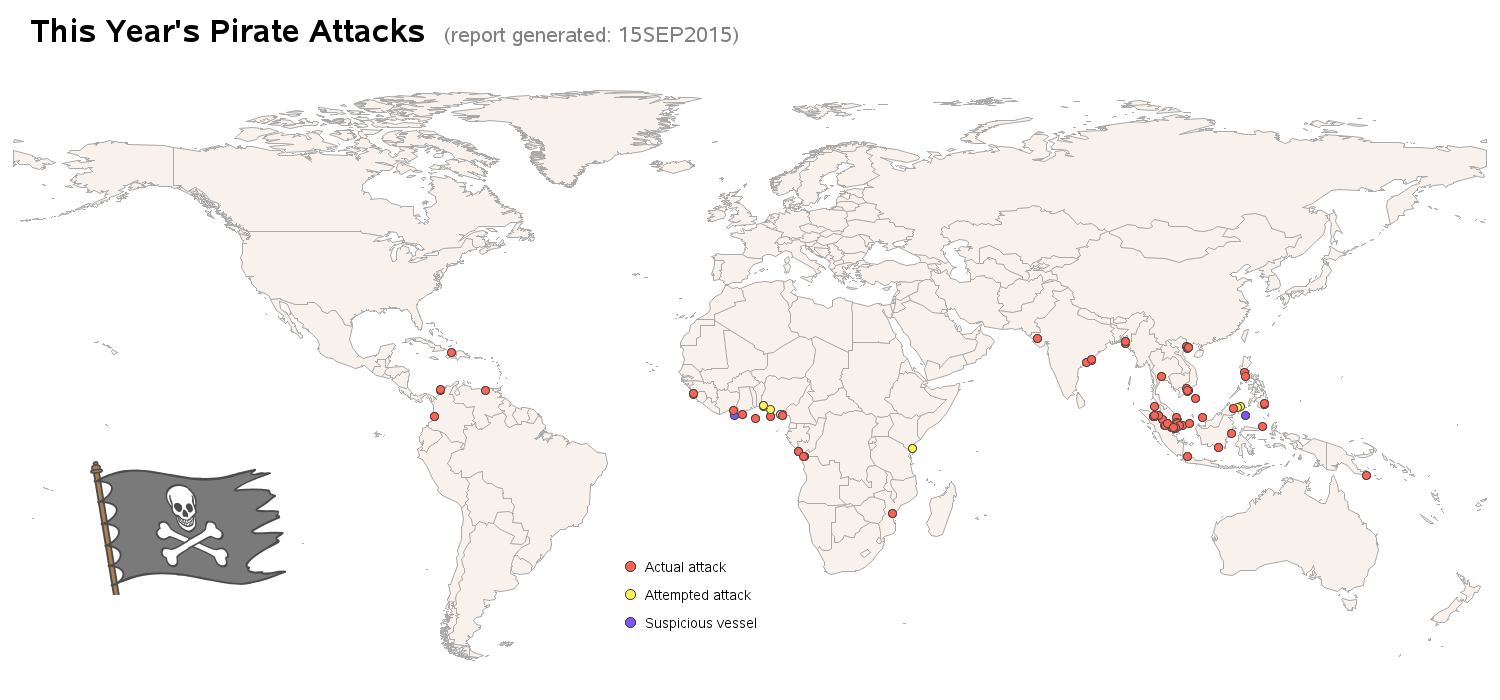
What is your first reaction to this question: “How would you like to take an exam today?” If you are like most people, you probably responded in a not so positive way. Maybe your brow furrowed, you physically leaned away from your computer (and this article), or your stomach knotted





































